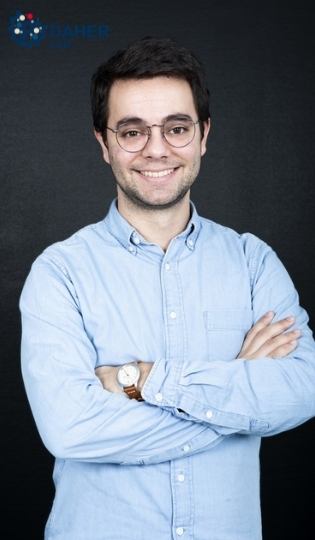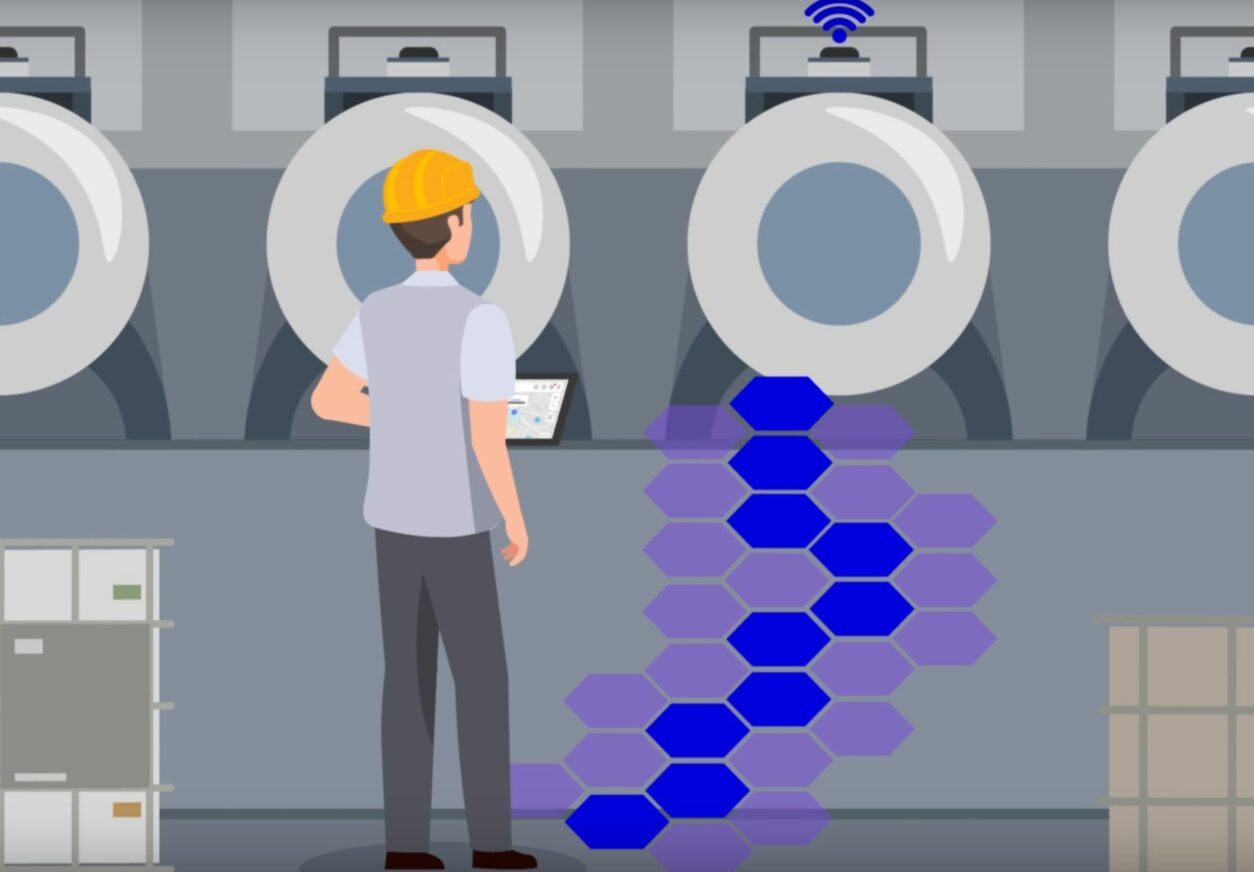We met with Gabriel Raffour, head of the DaherLab, to discuss the fourth industrial revolution.
The family-owned aircraft manufacturer and industrial equipment supplier Daher is working to develop Industry 4.0. Its recent partnership with the Occitanie region is proof of its strong involvement in the logistics of the future. This is also expressed in the group’s open innovation hub, where innovative solutions are tested: the DaherLab.
Innovation: the key to sustainable performance
“Since its creation in 1863, the group has gone through several industrial crises,” explains Gabriel Raffour. To ensure its long-term survival and assert its leadership, Daher has chosen to focus on innovation, an integral part of its DNA.
One of its spearheads is called the DaherLab, directed by Gabriel Raffour, for whom “success comes from the agility to implement new solutions quickly.”
New innovative technologies are being tested in DaherLab. Its creation is the result of an observation made by the Daher Group, which could not be an omniscient expert and needed small, more agile structures.
The DaherLab serves as an interface between the company and the “young shoots” that are the startups. Its main mission is “to identify, test and capitalize rapidly on innovative and mature solutions“.
The DaherLab, an innovation hub
The DaherLab introduces innovation to the field through a dual approach: pull and push.
The pull approach consists of bringing up problems from the field – whether from the group’s factories and warehouses or from all the transversal departments (HR, Finance, Quality, etc.) – and then finding solutions.
The push approach consists of looking for solutions in order to help the businesses. Sometimes, “solutions highlight futur needs“, explains Gabriel.
To do this, the DaherLab teams continually monitor technology in order to be on the lookout for promising solutions, and not only in Daher’s business sectors.
As an “open innovation hub“, the DaherLab seeks to integrate external innovations into the industry with minimal investment and maximum confidence.
Once a solution has been identified, it is tested directly on industrial sites, in a “quick win” approach, the PoC (Proof of Concept). Several technologies can thus be integrated simultaneously over a maximum period of 6 months in factories and warehouses.
During this period, Gabriel’s teams and the business units check the relevance of the technologies, adjust them and validate their integration in tandem with the “end users”, i.e. the employees in the field.
Industry 4.0: the specific challenges of a digital revolution
The fourth industrial revolution brings new challenges, in addition to the fusion between the digital world and the factory. The new solutions must be “green & ethical by design”.
At Daher, these questions of respect for the environment and people are key issues. The head of the DaherLab explains: “production must be fluid, flexible, efficient and respectful of the environment, our ecosystem and our employees”.
To achieve this, we need visibility on our logistics and production flows. That’s why solutions like Zozio are being tested.
Zozio’s platform provides real-time visibility on our flows which, combined with historical data, guarantees end-to-end traceability.
“Traceability is key to optimizing the impact of our activities.”
Many other projects are underway or to come at DaherLab, such as an energy optimization project for a warehouse or the digitization of human senses (odor, heat, noise) in order to improve the quality of the working environment on an industrial site.
The vision of the future
For Gabriel Raffour, digital transformation – and its implementation in factories – is only in its early stages.
In a few years, the employee will surely work as much on the digital twin of his factory as in the factory IRL (In Real Life). They will be augmented by tools such as virtual reality or cobotics.
According to the head of the DaherLab, the evolution of the industry will be based on three axes:
- The modularity of the physical world, which will have to be able to reproduce the agility of digital technology, in particular through the digitalization of our factories and warehouses
- Eco-friendly production, as this is one of the key issues for the world of tomorrow… including for industry
- The place of the worker, which must remain at the heart of tomorrow’s factory and warehouse
Indeed, because while the digitalization of the factory is already underway, it raises the question of the place of the worker and the place of the factory in its environment, reminds Gabriel, confident in the ability of DaherLab and its teams to find the best performing solutions.
“The worker must have its central place and the machines must be at his service and not the other way around.”




